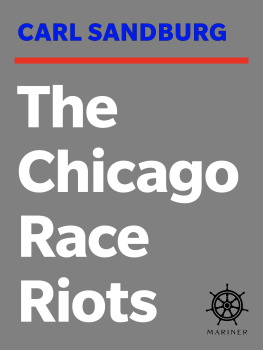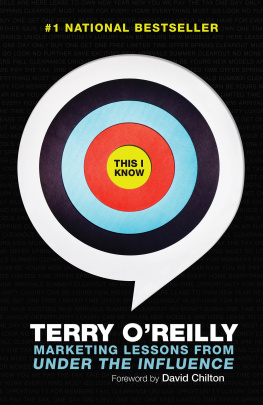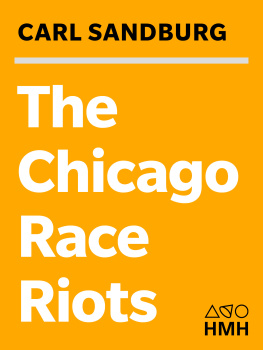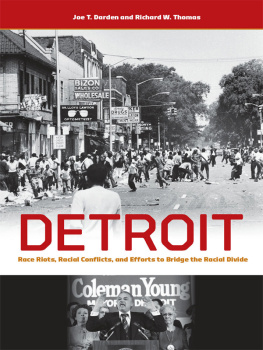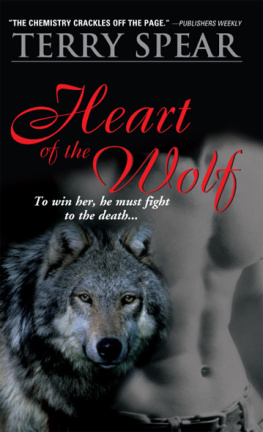First published 2006 by Transaction Publishers
Published 2017 by Routledge
2 Park Square, Milton Park, Abingdon, Oxon OX14 4RN
711 Third Avenue, New York, NY 10017, USA
Routledge is an imprint of the Taylor & Francis Group, an informa business
New material this edition copyright 2006 by Taylor & Francis.
Copyright 1975 by Terry Ann Knopf.
All rights reserved. No part of this book may be reprinted or reproduced or utilised in any form or by any electronic, mechanical, or other means, now known or hereafter invented, including photocopying and recording, or in any information storage or retrieval system, without permission in writing from the publishers.
Notice:
Product or corporate names may be trademarks or registered trademarks, and are used only for identification and explanation without intent to infringe.
Library of Congress Catalog Number: 2005053856
Library of Congress Cataloging-in-Publication Data
Knopf, Terry Ann.
Rumors, race and riots / Terry Ann Knopf.1st pbk. print.
p. cm.
Originally published in 1975.
Includes bibliographical references and index.
ISBN 1-4128-0557-0 (pbk. : alk. paper)
1. Race relations. 2. RumorUnited States. 3. RiotsUnited States. 4. United StatesRace relations. I. Title.
HT1523.K58 2006
305.800973dc22
2005053856
ISBN 13: 978-1-4128-0557-5 (pbk)
Introduction to the Paperback Edition
Rumors, Race and Riots Thirty Years Later: Or, Dj Vu, All Over Again
A few months ago, I received an unexpected call from Mary Curtis, my former editor at Transaction, which in 1975 published my book Rumors, Race and Riots. Now the president of Transaction Publishers, she was calling to inform me that a decision had been made to reissue the book as a paperbackthirty years later. Mary believed that two recent crisis situations, each accompanied by rumors having racial overtones, would create renewed interest in the book. One was Katrina, the massive hurricane that hit in August 2005, affecting New Orleans the most severely, particularly in the low-lying areas where poor blacks lived. With the area all but decimated, the situation was made worse by the presence of wild and menacing rumors that served to exacerbate racial tensions.
The other was the rioting in Paris that began on October 27, 2005 and involved young people from predominantly immigrant North African backgrounds. The Paris riots were triggered by a rumor that two young teens of African descent, on their way home from playing football, were being chased by the police. Were they actually being chased? Or, did they think they were being chased? Fleeing the scene, they climbed over a barbed wire fence, seeking refuge in an electric power station where they were electrocuted. The details of the incident are in disputethough it appears the police were in the area on an unrelated matter, investigating a break-in at a building site. Whatever the circumstances, the Paris riots demonstrate the ruthless power of rumors, which triggered twenty-one nights of violence.
Against the backdrop of these tragic events, it seemed my book might still be relevant and find a new audience. The book idea had grown out of my work from 1967-73 as a research associate at Brandeis Universitys Lemberg Center for the Study of Violence. Charged with overseeing the Civil Disorder Clearinghouse, I had access to hundreds of news accounts about the race-related riots in the late 60s and had become intrigued by how often racially-tinged rumors seemed to accompany the riots.
The thought of a new foreword for a book written thirty years ago was eeriea bit like rummaging through old photographs. My first reaction was to go through the manuscript to see what revisions and updates might be in order. For one thing, I had always hated the introductory paragraph to the first chapter, The Pervasiveness of Rumor. Attempting to define the word rumor in a lighthearted way, I had used an item from Parade magazine about the alleged womanizing ways of the singer Dean Martin.
Why hadnt I selected an example with a more significant figure from popular culture? Perhaps President Kennedy, or the Beatles. The old Paul is Dead rumor would have worked beautifully. And, why hadnt I chosen a rumor with more staying power like Elvis Lives? These days, there is even an Elvis Sightings site on the Web. (I love the one about the San Clemente woman who claims to have spotted Elvis in 2001 sitting at a sidewalk caf.) Alas, Elvis didnt leave the building until two years after my book was published.
There was also my use of the word ghetto which, in these politically-correct times, sounds awfully dated. And, then the delicate issue of how to refer to black peoplewith some now preferring Blacks with a capital B, and others preferring African Americans, which I personally find cumbersome. On the advice of Mary Curtis, however, Ive not changed a word from the original manuscript. For better or worse, we felt the book should stand on its own merits, whatever its lapses and deficiencies.
So much has changed in thirty years. My own career has taken several different turns. In 1973, before my book had come out, the Lemberg Center had closed its doors. But my interest in the media had been whetted, given my research showing that the media were a major player during times of racial disturbances. I went on to work as a producer on a local TV talk show in Boston and even had a brief stint as host/producer of an itty-bitty public affairs show in Providence.
But having had a taste of being on camera, the whole thing didnt feel quite right. Diane Sawyer I was not, and I found my interest was more in talking to the guests before the little red light went on. Upon realizing I had less interest in working in television than analyzing what was on television, I set my sights on becoming a television critic. At this point, I had the good fortune of having gotten to know Philip Meyer, the pioneering journalist who, while exploring the causes of riots in the 1960s, was the first to use survey research for the Knight-Ridder newspapers.
Phil brought me to the attention of the corporate powers at Knight-Ridder and I landed a job as a TV writer for the Miami Herald. A year later, I returned to Boston and wound up at the Boston Globe for the next four years as a correspondent, specializing in the arts and television. Later, I spent nine joyful years as the TV critic for the Patriot Ledger, while double dipping for five years as the media critic for Boston Magazine.
Ironically, Ive come full circle, returning to academia where I am presently a lecturer at Boston University, teaching courses in media criticism and arts criticism, and am also the media relations manager at The Fletcher School at Tufts University.
So much has changed over thirty years in the field of rumor research. Numerous books designed for every taste have been churned out. Books about rumors and religious groups (Stephen Eric Bronner,





